7 Amazon Hacks Every Seller Should Know
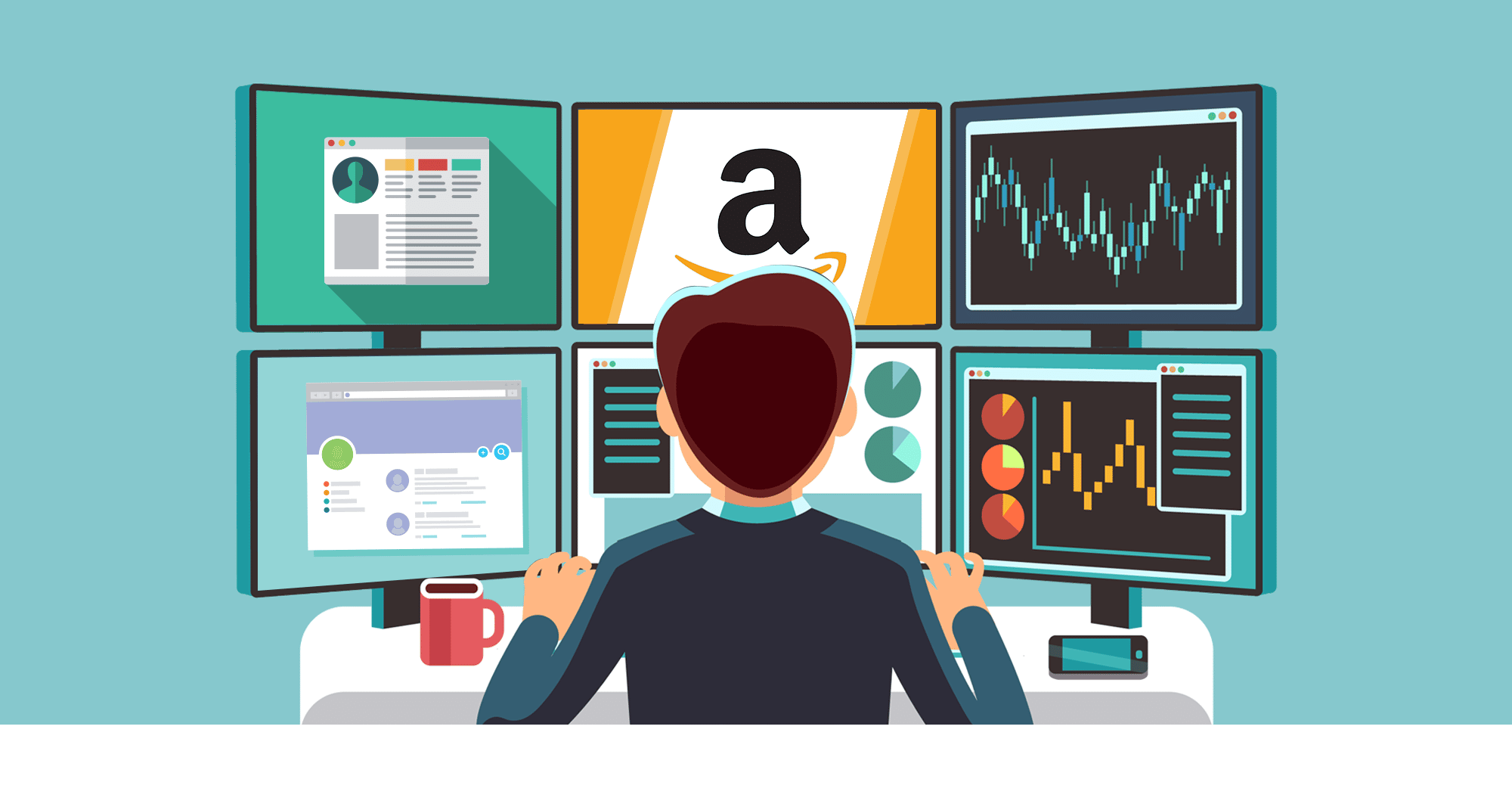
Because Amazon is a saturated market, sellers should take the extra mile in order to stand out from the competition.
Developing high-quality products is essential, but it takes more than that to gain traction, especially during launching.
Fortunately, there are techniques you can use to attract even first-time customers.
In this article, we’re going to share seven advanced Amazon hacks to get your listings ranking higher to increase your revenue.
Contents
- Amazon Hack No. 1: How to Get the Amazon Seller Badge with a Category Hack
- Amazon Hack No. 2: Amazon’s Choice Badge: 2 Things That Make a Big Difference
- Amazon Hack No. 3: How to Save on Amazon FBA Fees and Amazon Referral Fees
- Amazon Hack No. 4: Use Amazon Business Reports to Your Advantage
- Amazon Hack No. 5: Use Amazon Vine Program
- Amazon Hack No. 6: Add Keywords in Foreign Languages to your Listing’s Backend
- Amazon Hack No. 7: Remeasure Items to Save Big on Amazon Fees
- Conclusion
Amazon Hack No. 1— How to Get the Amazon Best Seller Badge with a Category Hack
One of the most effective ways to increase sales is to set your listings apart visually. And one of the best ways to do that is to get the Amazon Best Seller badge.
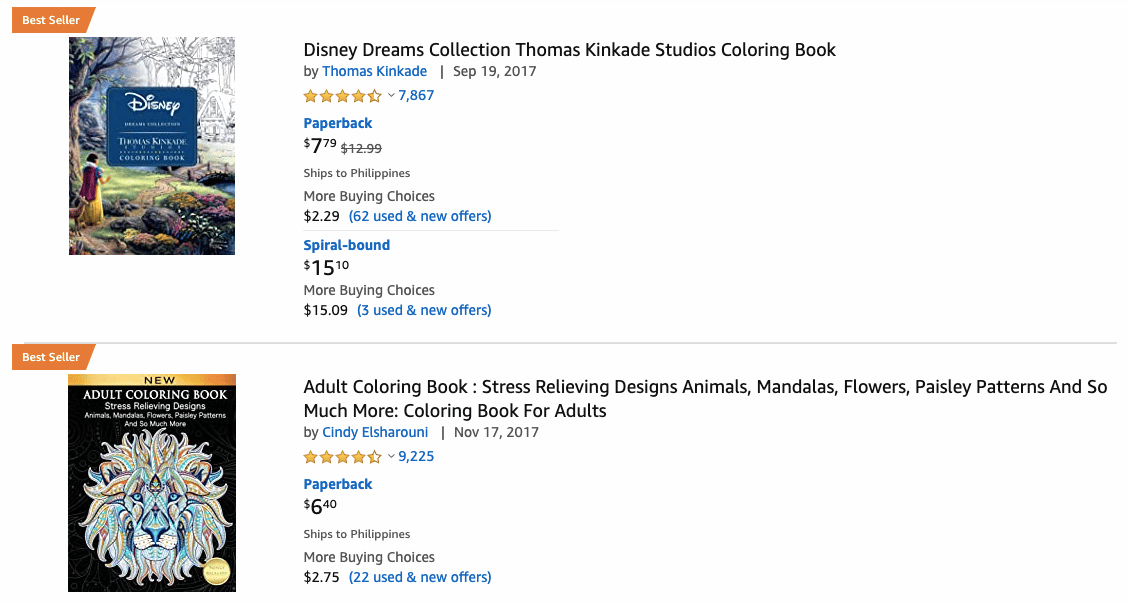
This addition will signal potential buyers to choose your products over the others, even if you price it slightly higher than your competitors. The Amazon Best Seller badge basically tells customers that your listing is the most purchased in a specific category.
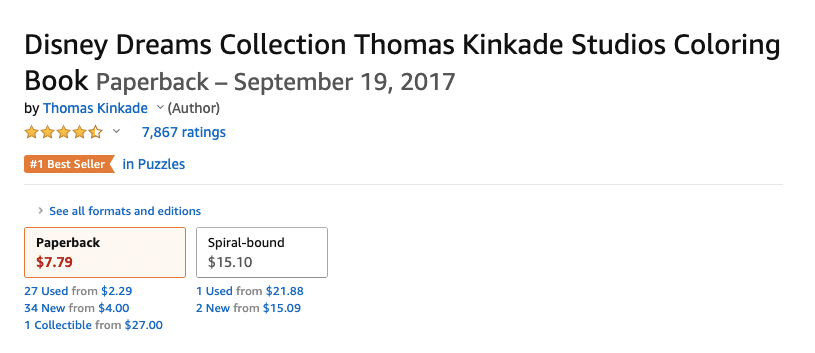
Yes, this badge is not easy to get, but there’s a neat little hack we discovered that will help you get it relatively easily.
This badge is awarded on a per-category basis, so changing your listings’ category will help with this. The trick is to use one that’s easy to rank for, i.e., one with the least amount of competition.
There’s a caveat to this, however. You don’t want to rank for an irrelevant category because you will be reaching the wrong audience. Pick one that both suits your listing and has little competition.
When you switch to another category, you should wait for at least 15 minutes for the changes to take effect. Sometimes, it takes a couple of hours. If it still doesn’t change the next day, you may then contact Amazon to have the category changed.
Amazon Hack No. 2—Amazon’s Choice Badge: 2 Things That Make a Big Difference
Another eye-catcher that can help improve your revenue is the Amazon’s Choice badge. There are a couple of things you need to take note of if you want to have this coveted badge for your listing.
The most important is that your product should be eligible for Amazon Prime. This is because one of the criteria in determining which products are worthy of the badge is fast shipping. Amazon makes sure that Amazon’s Choice listings would be readily available to buyers.

Other criteria include sales volume, ratings, and price.
We can’t be sure how Amazon exactly determines the products they award the badge to, but over the years we’ve noticed that there are two things that make a big difference:
- Keeping your return rate low
- Having a high review rate
The best way to ensure this is to have a high-quality product that customers would actually appreciate. This boils down to product design, the quality of material you use, how to negotiate with your supplier to make sure you’re getting the best quality for the cheapest price, etc.
In addition, a lower return rate will signal the system that most of the people who bought your products were satisfied with them.
Hack No. 3— How to Save on Amazon FBA Fees and Amazon Referral Fees
Aside from the cost of manufacturing, marketing, and shipping, sellers should take into account Amazon’s various fees when setting product prices.
Two of the most common are the FBA fees and referral fees. So what are these and how do you reduce them?
FBA fees are paid by those who avail of Amazon FBA for storing inventory and fulfilling orders. FBA fees are quite tricky to determine especially if you’re not aware of how Amazon computes them.
To solve this problem, you should use an FBA fees calculator and take note of the following.
First, there’s a difference between the actual weight and the shipping weight of your products. Amazon recently updated their FBA fulfillment fees, and you can check them out to know how much you will be paying.
Second, Amazon automatically adds to the weight of your product during computation, depending on whether it’s standard-sized or oversized.
For standard, they add 0.25 lbs and 1 lb for oversized items. After that, they round up the weight to the nearest pound, so if you’re not careful, what you thought was a standard-sized item might be categorized as oversized, necessitating you to pay more for FBA fees.
A good rule of thumb here is to not use Amazon FBA for products that don’t earn you that much profit or are too bulky for their prices. Remember that Amazon charges you for the space your inventory occupies, not by its value.
Another hack you can use is to always make sure you’re checking your listings regularly to avoid falling victim to stranded inventory.
Having stranded inventory is one of the most wasteful mistakes of a seller. You’re basically paying Amazon to store your products without a way for them to be sold on the platform.
It might also be a good idea to sell products in bundles. In this way, instead of paying for 100 units worth of FBA fees, you’ll be paying for fewer. A bundle is considered as one unit, so you’ll save a lot of money on fees when you do this.
Referral fees, on the other hand, are fees you pay Amazon for allowing you to market and sell your products on their platform. This varies depending on the category of your product.
For example, electronics have low referral fees (as low as 8%) while the referral fee for jewelry is at 20%. So when picking a niche and products, it’s good to take this into consideration.
Amazon Hack No. 4—Use Amazon Business Reports to Your Advantage
What gets measured gets managed.
If you want to stay on top of your game every time, you should know what goes on with your listings. How are customers reacting to your marketing strategies? How well does each product do?
Fortunately, Amazon sellers don’t have to sweat much trying to get this important data because they’re readily available at Seller Central.
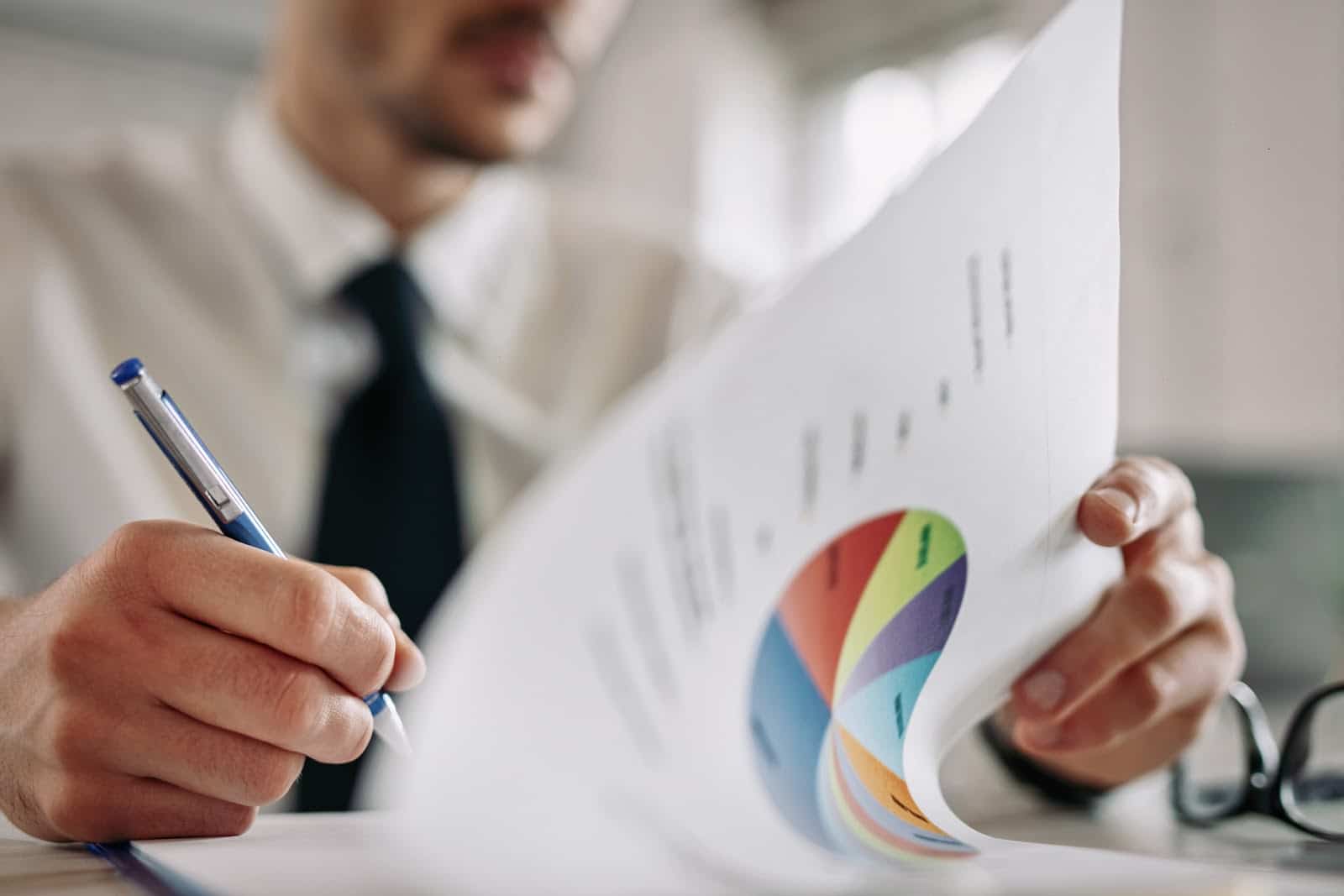
You can get valuable data from the Amazon Business Reports such as conversion rates, traffic, and buy box percentage.
Conversion rate is the percentage of page visitors who end up purchasing your products. For this, 15% or higher is good while 10% below is subpar.
Traffic, on the other hand, is a metric used to determine which products are discovered by customers more frequently. Knowing this will tell you which products to concentrate your marketing on and which products need to be improved.
Finally, the buy box percentage tells you how frequently your offer is featured when a buyer visits your listing. Basically, it’s the percentage of page views where the Buy Box appeared on your page, allowing customers to add the product to their cart.
The buy box percentage is lowered when you don’t have the product in stock or if you’re selling a used item, in which case it appears on the Other Buying Options page.
Amazon Hack No. 5 — Use Amazon Vine Program
In December 2019, Amazon rolled out the Vine program to all sellers.
To use Vine you enroll your product via the Advertising menu within Seller Central. You then give your product away to Vine Voices members (people with a history of providing insightful reviews). Currently, there’s no fee to enroll (whereas previously it could cost up to $2500 within Vendor Central). You can only enroll in products with less than 30 reviews.
| Enrollment cost: | Free |
| Product cost: | You supply to the customer for free |
| Maximum Potential Reviews: | 30 |
Vine is a great way to get some early reviews with one caveat: Vine reviews have been known to be more critical than average. 1-3 star reviews are not uncommon.
Amazon Hack No. 6— Add Keywords in Foreign Languages to your Listing’s Backend
Amazon has a worldwide reach, so if you’re limiting your listings to English keywords, you wouldn't be maximizing their potential.
Include keywords in another language to help buyers who speak that language find your products easier. The best ones are Japanese, German, and Spanish. The first two have some of the best numbers when it comes to ecommerce while Spanish has a large number of speakers.
When using this technique, however, you have to make sure that your translations are correct and that they are really the ones used by most buyers who may be interested in what you’re selling. To do this, you can hire a professional Amazon translator who knows how to properly choose keywords that make sense for marketing efforts.
Amazon Hack No. 7 — Remeasure Items to Save Big on Amazon Fees
Because of the number of items they receive daily, Amazon employees sometimes make mistakes in labeling your products. This can lead to losses especially when they mislabel your products’ dimensions and weight.
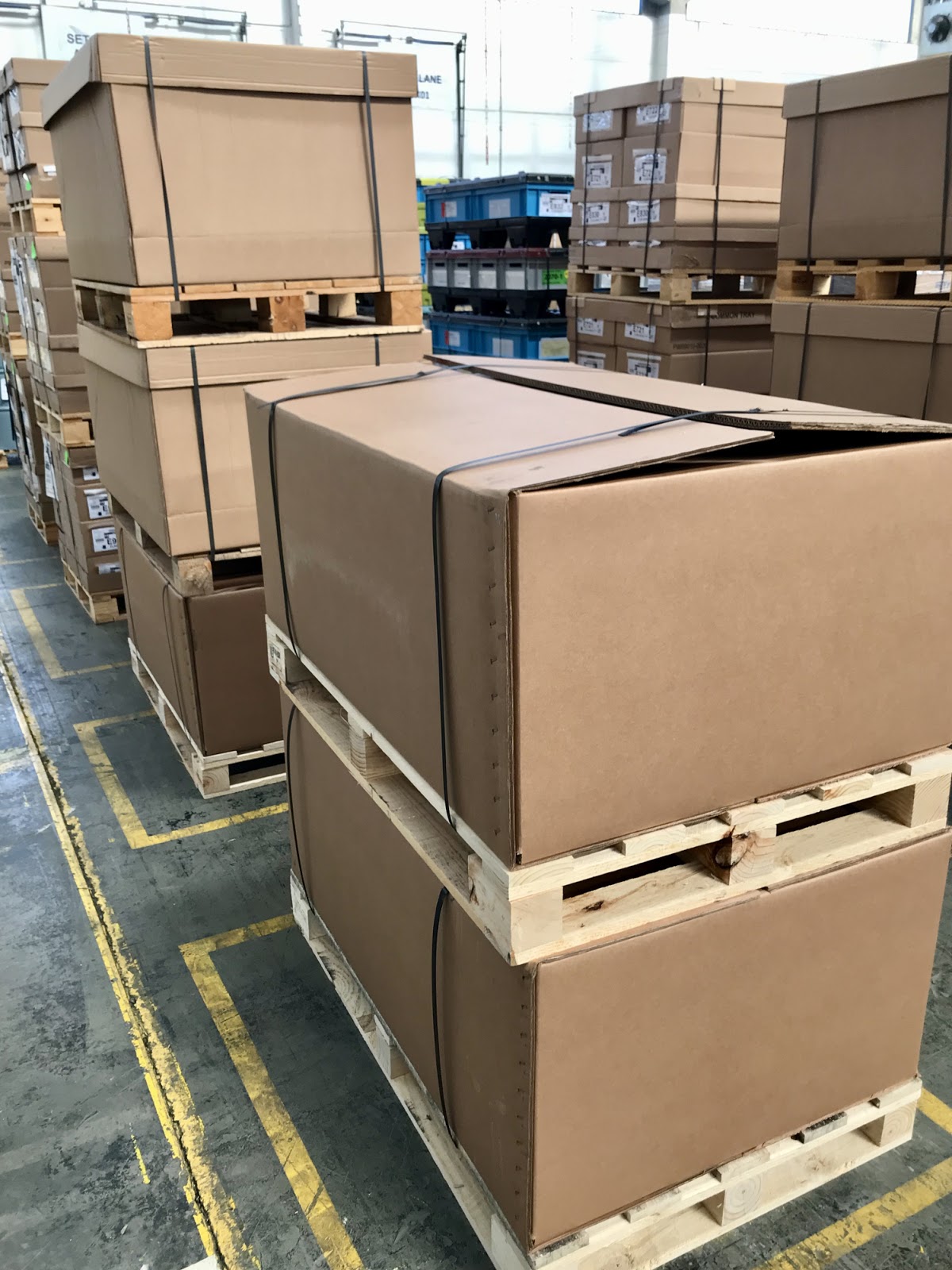
The bigger and heavier your items are the higher your fees. This is why it’s important to always stay on top of your inventory.
Regularly check your products’ weight and dimensions as recorded by Amazon and if there are any discrepancies, have them change them to the correct ones. You need to do this as soon as possible because there’s a limit as to how long you can wait before you forfeit those fees.
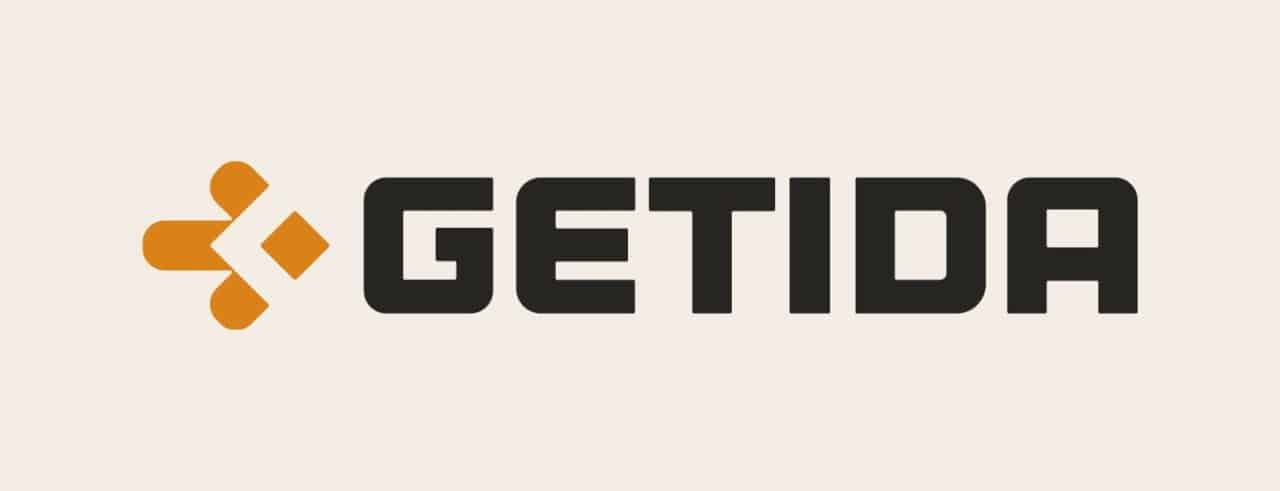
Conclusion
As ecommerce continues to grow more popular and as the platform becomes more saturated, Amazon sellers need to up their game to stay on top of the competition.
These advanced tips will help improve your numbers in the long run. They certainly helped our listings significantly.
Do you have any other tips to increase revenue? Share it with us in the comments section.





